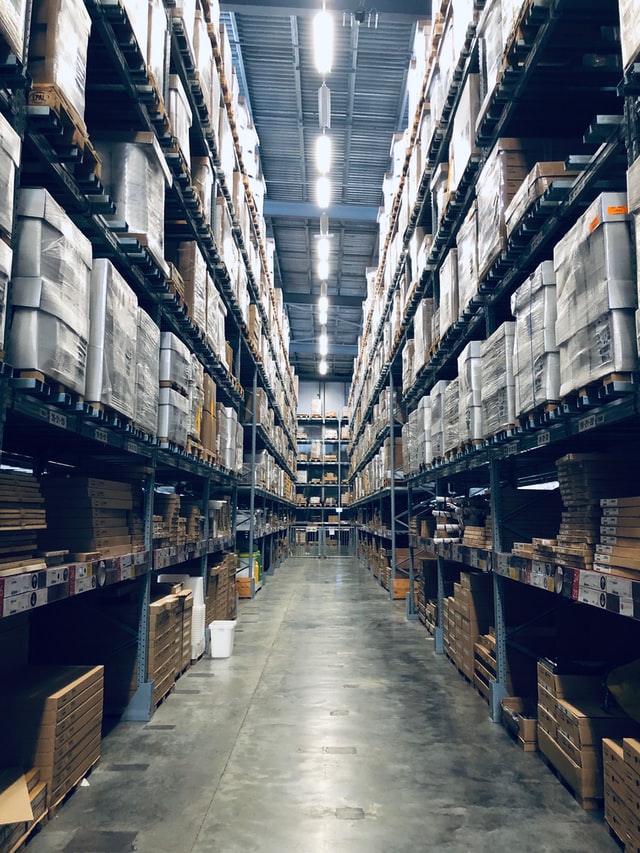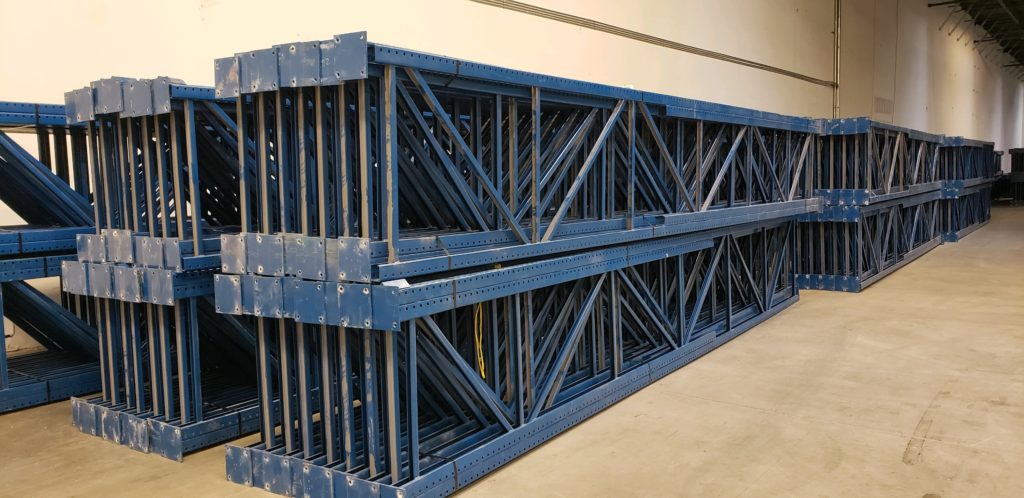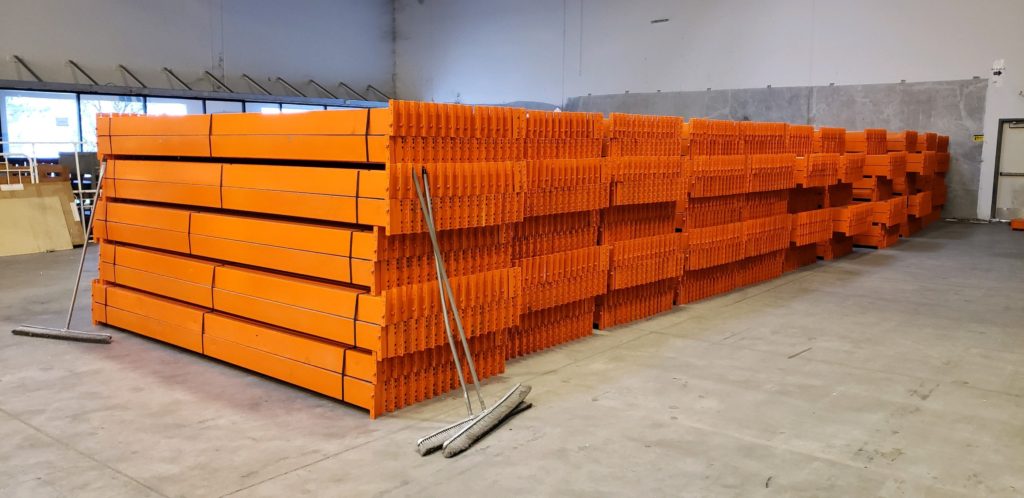Dock Levelers
Placeholder

What is a Dock Leveler?
A dock leveler is a piece of equipment that is usually either mounted to the dock face or recessed into a pit at a loading dock door allowing movement of industrial vehicles between a building and a transport vehicle.
What types of Dock Levelers are there?
Pit Levelers
A pit leveler is found in a recessed concrete opening in a building’s concrete at the dock door. There are three common types of pit levelers:
Mechanical Pit Leveler
The Mechanical Pit Leveler is the most common of the pit leveler category and typically the least expensive. The mechanical pit leveler style uses a mechanical spring system to raise the leveler. In the mechanical pit leveler, the spring causes upward forced on the leveler and requires a restraining device to prevent upward motion. No electrical power supply at the dock is required for a mechanical pit leveler. Mechanical pit levelers tend to be the most expensive to service and to maintain over their life.

Air Pit Leveler
The Air Pit Leveler uses an air bag system to raise and lower the leveler deck. This pit leveler requires some type of electrical power source - either at the dock or adjacent to it. The Air Pit Leveler requires a standard 110v power source. Generally, air pit levelers are relatively more expensive than mechanical pit levelers but require less service and maintenance compared to mechanical units.

Hydraulic Pit Leveler
The Hydraulic Pit Leveler is the most versatile of the pit style levelers. A hydraulic cylinder is used to raise and lower the deck, while another hydraulic cylinder is typically used to operate the lip. Hydraulic pit levelers may come in various configurations and may be powered by various power sources. The hydraulic pit leveler option gives you more versatility than either mechanical or air pit levelers and typically would have lower service and maintenance costs.

Vertical Leveler
A vertical leveler is a dock leveler that is stored in a vertical position. This allows you to store the leveler inside the building and to close your dock door on concrete, instead of across the leveler, as is the case of a pit leveler. Vertical Levelers allow for better environmental control in your building. Vertical dock levelers are often used in food service applications or areas where wash down is a consideration. Vertical dock levelers are typically pit or shelf-mounted and hydraulically operated.
Rail Leveler
Rail dock levelers are a variation of the vertical leveler and are used to service rail cars. They are mounted on a sliding rail that allows them to move horizontally along the rail track. Rail levelers may either be manually or hydraulically moved along the track and are typically hydraulically operated levelers.
Edge of Dock Leveler
An Edge of Dock Leveler is a leveler that is typically mechanically operated but may be pneumatically or hydraulically powered. The edge of dock leveler is often found mounted on the exterior wall of a building but may also be pit mounted. The EOD has a limited vertical operating range and is geared toward applications where the transport vehicle bed is at, or very near, the floor level of the building (dock level). These units are inexpensive when compared to a pit or vertical dock leveler and may be considered an upgrade from portable dock boards as they are fixed to the dock face and have some form of lift assistance. A recommended normal working range of an EOD is typically +/- 3 inches.
Who We Carry
At World Class Integration, we offer our customers equipment that delivers the most bang for your buck. This is why we are an exclusive provider of PoweRamp products. PoweRamp has manufactured high quality dock solutions since 1961. PoweRamp offers lifetime product support including comprehensive, on-site training; freight coordination; technical service; part replacement; and warranty fulfillment.
